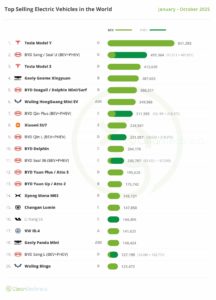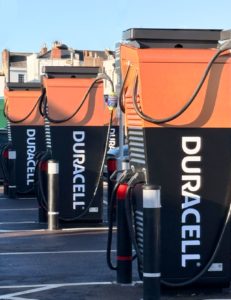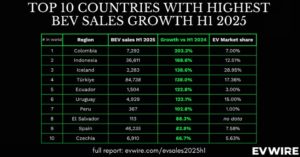Why are Chinese EV brands disappearing?
China’s EV startup explosion was fuelled by generous subsidies, tax breaks, and easy access to local production licenses between 2015 and 2019. According to the International Energy Agency (IEA), this led to an overcrowded market of more than 500 ventures, many lacking core technology, supply chains, or scale.
From 2020 onwards, the Chinese government began phasing out its EV subsidy program. This policy shift came just as the country entered a price war, led by aggressive pricing from giants like BYD and Tesla. The combination of reduced state support and brutal price competition proved fatal for many underfunded startups.
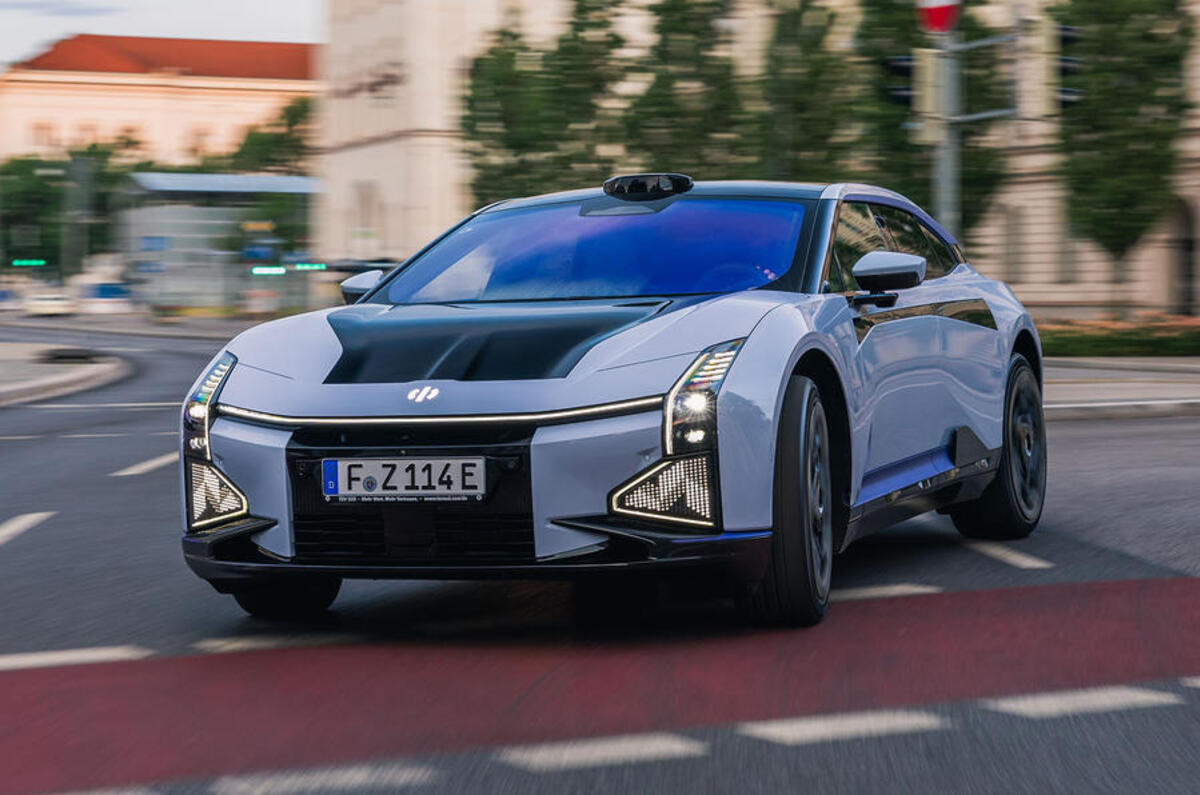
Examples of EV startups that failed
Here are some prominent names that collapsed or exited the market:
HiPhi (Human Horizons) – Production halted in 2024 due to funding and operational issues.
WM Motor – Filed for bankruptcy after failing to raise fresh capital and losing investor confidence.
Byton – Shut down before mass production began due to internal turmoil and overextension.
Singulato Motors – One of the early hype brands that faded quickly amid financial strain.
LeEco EV – Collapsed under massive debt linked to its parent tech conglomerate.
Levdeo – Struggled to transition from low-speed EVs to full-size models and exited the market.
Bordrin Motors – Declared bankrupt in 2021 after COVID-related shocks decimated demand.
Saleen China – Project collapsed amid legal and financial scandals.
Qiantu Motors – Failed to scale its K50 electric sports car to a sustainable volume.
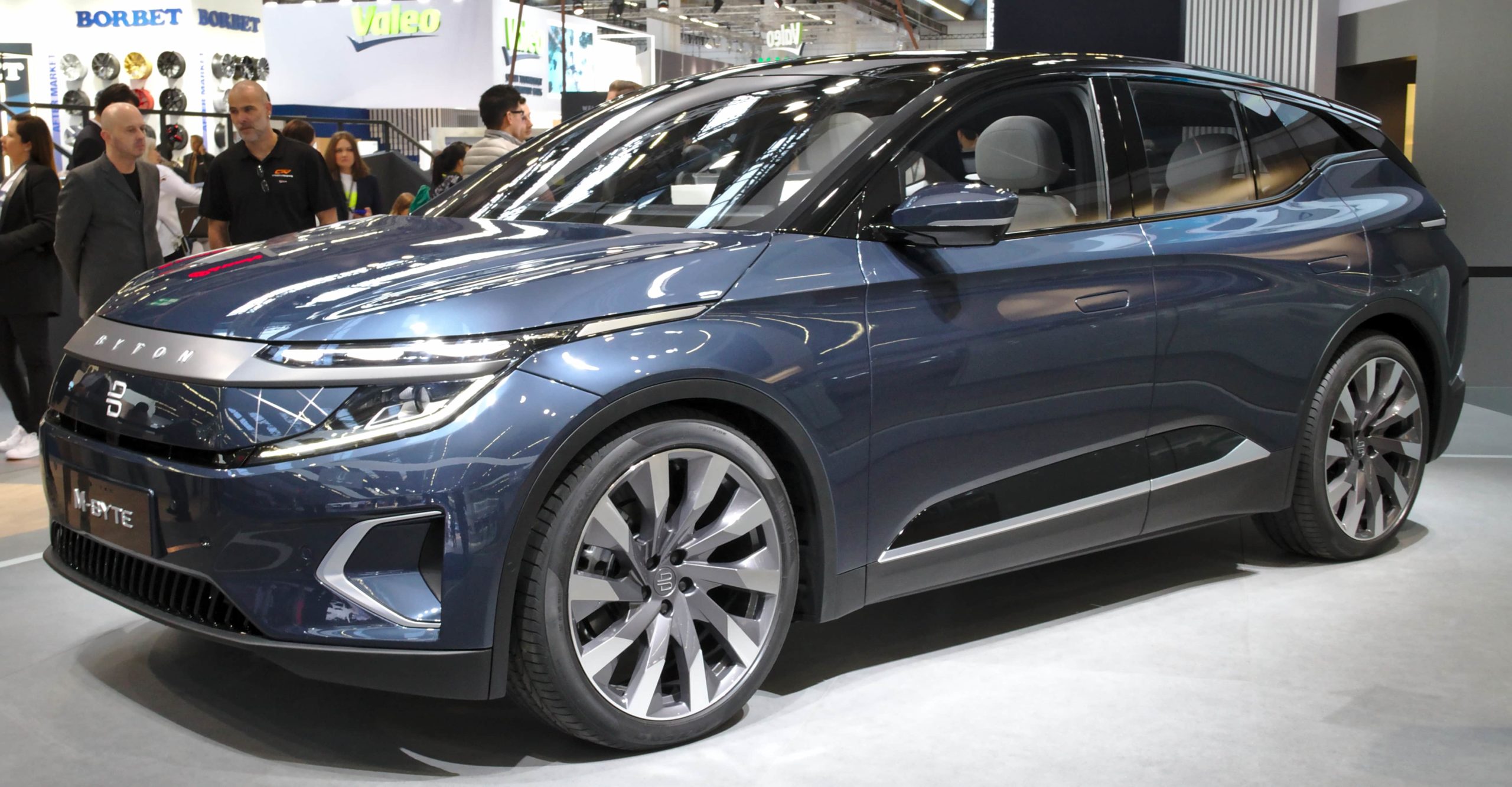
Global barriers and European friction
Next to ‘the national challenges’, international expansion has proven far more complex than many Chinese brands anticipated.
The European Union imposed tariffs of up to 45.3%, and the United States increased its EV import tariff to ‘blocking’ heights under Donald Trump in 2025.
The impact of these high tariffs has been significant: Chinese EVs have become considerably less price-competitive in key international markets. As a result, many brands have had to delay or rethink their expansion plans.
To adapt, several leading Chinese players are shifting their strategies. Still, brands like Zeekr and Xpeng continue their push, targeting tech-savvy drivers with premium features and autonomous capabilities.
Why we should not underestimate China
Despite the collapse of hundreds of brands, China remains the most innovative and fast-moving EV ecosystem in the world:
Battery costs have dropped to $50–85/kWh, far below Western levels.
New battery technologies like BYD’s 10C and CATL’s 12C now enable ultra-fast charging in 8–10 minutes.
Chinese carmakers can bring a new model from concept to production in just 18 months, compared to 36+ months in Europe.
In China, EVs are already cheaper than petrol cars, accelerating mass adoption.
The road to 2030: who survives?
Only the strongest — and smartest — will remain. Brands like BYD, Sangan, SAIC, GAC Motors, Geely (including Zeekr and Lynk & Co), Nio, Xpeng, Zeekr, Li Auto, Leapmotor, Aito, Avatr, IM Motors, Xiaomi, Denza (part of BYD), Hozon Auto (Neta), SERES, Chery New Energy, and JAC Motors have the scale, capital, and innovation edge to compete globally.
Many are investing in local production within Europe, strategic alliances, and flexible product architectures to navigate policy risk and regional demands.
While up to 450 brands may disappear towards 2030, those that remain will be leaner, more strategic, and ready for global leadership in a maturing electric vehicle landscape.
Trusted growth partner for EV Charging Companies since 2018
Since 2018, EVBoosters has been the trusted executive search partner for powering EV Charging Networks in Europe —helping them scale by recruiting the leaders and experts who drive real growth. If you’re a CEO, founder, or investor looking to strengthen your leadership team or critical senior position (sales/operations/product), we’re here to help.
Schedule your introductory call HERE with our founder and managing partner Paul Jan Jacobs and let’s explore how we can support your growth journey too.
Sources:
International Energy Agency (IEA), McKinsey & Company, Rest of World, Financial Times, Bloomberg, Reuters, CNN Business, Automotive News China, Bloomberg New Energy Finance (BNEF)



